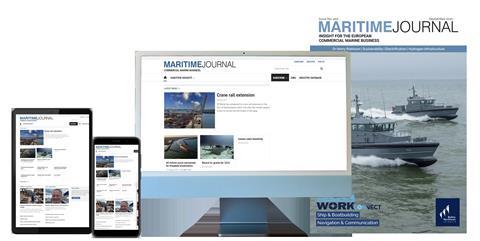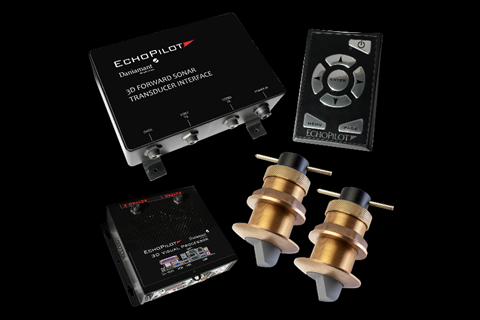Daniamant A/S has released their newest EchoPilot FLS 3D, which is in a class of its own on the Forward Looking Sonar market. The new FLS 3D has been upgraded to become the most powerful forward looking sonar, in the leisure market, at its price level.
Forward Looking Sonar is a navigational technology that lets the captain see any underwater dangers in front of his vessel. According to McDougall Insurance, the number one boat insurance claim is hitting an underwater object. Unfamiliar waters, submerged objects, rocks or rock beds, these are all an issue when sailing and with the new FLS 3D you can see the dangers before they hit you. The FLS 3D was developed to make everyday sailing safer for the captain and crew. The waters constantly change and with the FLS 3D you are always aware of what is ahead of you. The FLS 3D makes the invisible visible.
The FLS 3D has been developed with the patented and ground-breaking technology of Real-Time Forward Looking Sonar. Real-time Forward Looking Sonar is unique to EchoPilot’s patented design. Real-time means that the FLS does not gradually build up the picture like a phased array sonar.
Instead the FLS scans the whole forward view and updates the screen several times a second. An obstruction ahead of the boat will show on the screen immediately. Likewise, if the boat turns to another heading with no target ahead then the FLS screen will immediately show clear water ahead. The sonar display is not historical; it is real-time.
The FLS 3D is a black box system that you can connect to any display or chart plotter that has a video input.
With its twin retractable transducers, the FLS 3D gives you a 60-degree horizontal scan and a 90-degree vertical scan. This allows the captain to, not only see straight ahead, but also see what’s on his starboard and port side. Because the FLS 3D has a 90-degree vertical scan you can use the FLS 3D as a forward looking sonar but also as a depth reader. The FLS 3D has a maximum forward range of 200 meters and a maximum depth reading of 100 meters.










